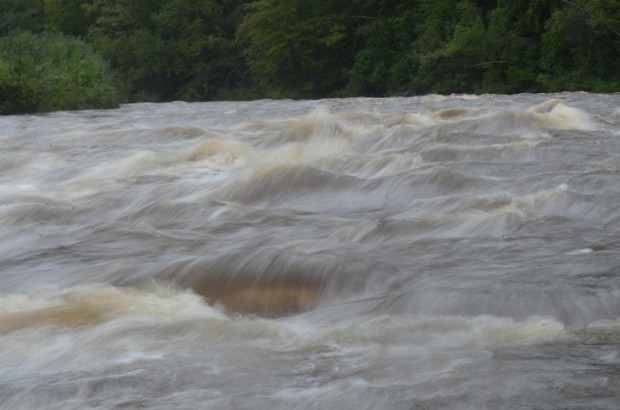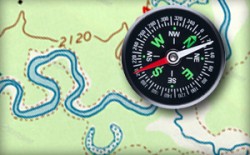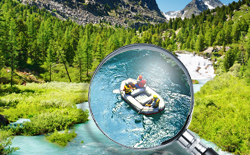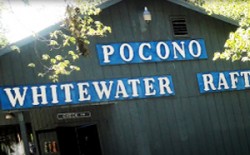Rapid Classes

Whitewater River Rating System
You should always be prepared and know what to expect when rafting a river. A whitewater rating scale was created to simplify the classes of rapids. This helps discover the difficulty and danger of a river. Since some rivers can potentially fit into more than one category, it isn’t exact but it is a great guide and base to use when planning your whitewater rafting adventure. If youʼve never rafted a rapid before remember to scout (examine the rapids) before you attempt it or book your white water rafting trip with a reputable company. Classes can change due to water levels, recent floods, geological disturbances and bad weather.
River Rating Scale
 Class I Rapids – Easiest: Slow to fast moving water. Some small waves and ripples along the way. Not many obstructions, easily visible.
Class I Rapids – Easiest: Slow to fast moving water. Some small waves and ripples along the way. Not many obstructions, easily visible.
 Class II Rapids – Easy: The rapids are slightly larger than Class I. Channels are wide, clear and easily navigable. Maneuvering around some objects may be necessary but not difficult. If slightly more navigation is necessary or water is quicker, the rapid may be considered “Class II+”.
Class II Rapids – Easy: The rapids are slightly larger than Class I. Channels are wide, clear and easily navigable. Maneuvering around some objects may be necessary but not difficult. If slightly more navigation is necessary or water is quicker, the rapid may be considered “Class II+”.
 Class III – Medium: Moderately sized, irregular waves. Faster current and narrower passages. Large waves, obstructions, rocks can be easily avoided with precise maneuvering. Powerful currents and strong eddies. Injuries are rare.
Class III – Medium: Moderately sized, irregular waves. Faster current and narrower passages. Large waves, obstructions, rocks can be easily avoided with precise maneuvering. Powerful currents and strong eddies. Injuries are rare.
 Class IV – Advanced: *Current is fast, rapids are long and difficult. Passages are constricted and may include unavoidable waves and holes. Scouting the rapid before is recommended to know the best route.
Class IV – Advanced: *Current is fast, rapids are long and difficult. Passages are constricted and may include unavoidable waves and holes. Scouting the rapid before is recommended to know the best route.
 Class V – Expert: *Extremely long, complex and difficult. Waves are large and unavoidable. Drops, holes and steep chutes are common. Scouting is highly recommended.
Class V – Expert: *Extremely long, complex and difficult. Waves are large and unavoidable. Drops, holes and steep chutes are common. Scouting is highly recommended.
 Class VI – Extreme: *These runs often exemplify the extremes of difficulty, unpredictability, and dangers of whitewater rafting. The consequences of errors are very severe!
Class VI – Extreme: *These runs often exemplify the extremes of difficulty, unpredictability, and dangers of whitewater rafting. The consequences of errors are very severe!


